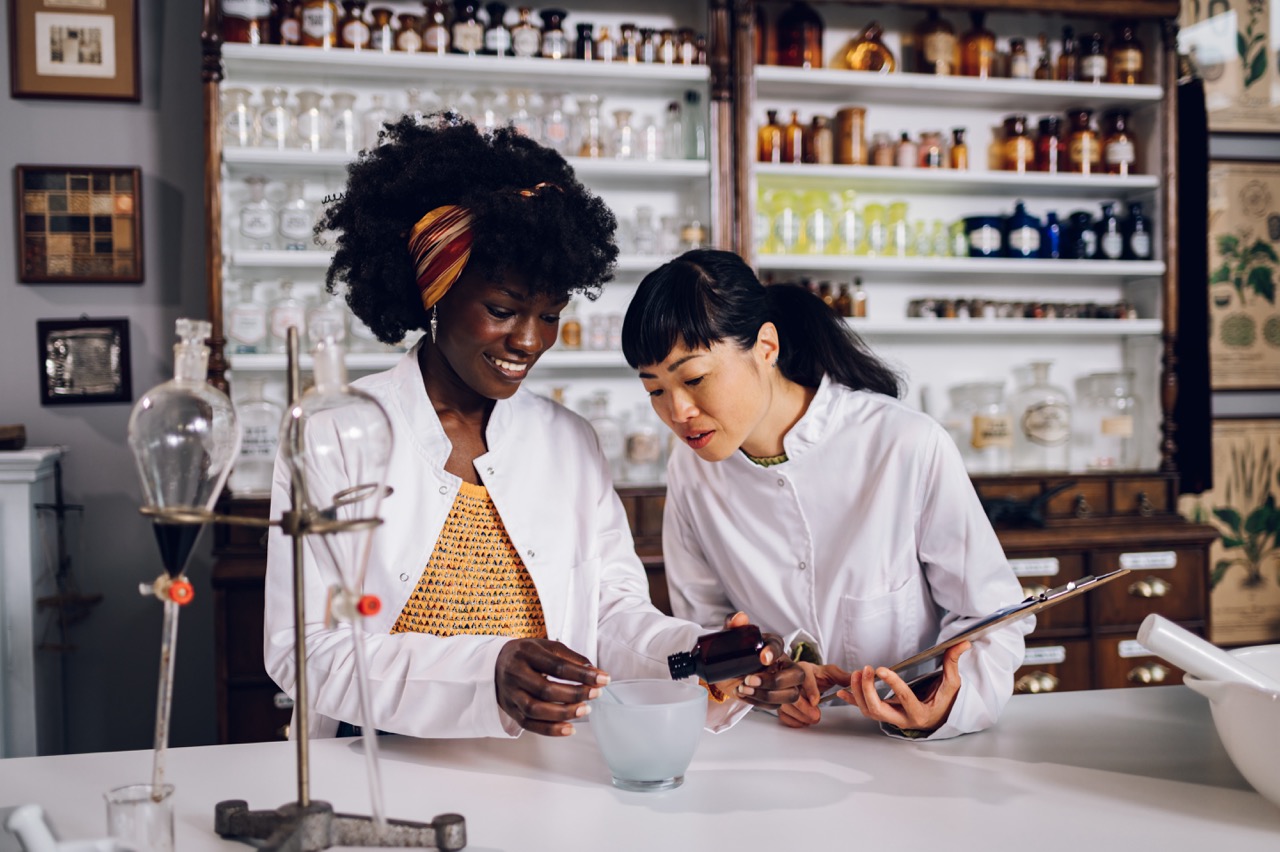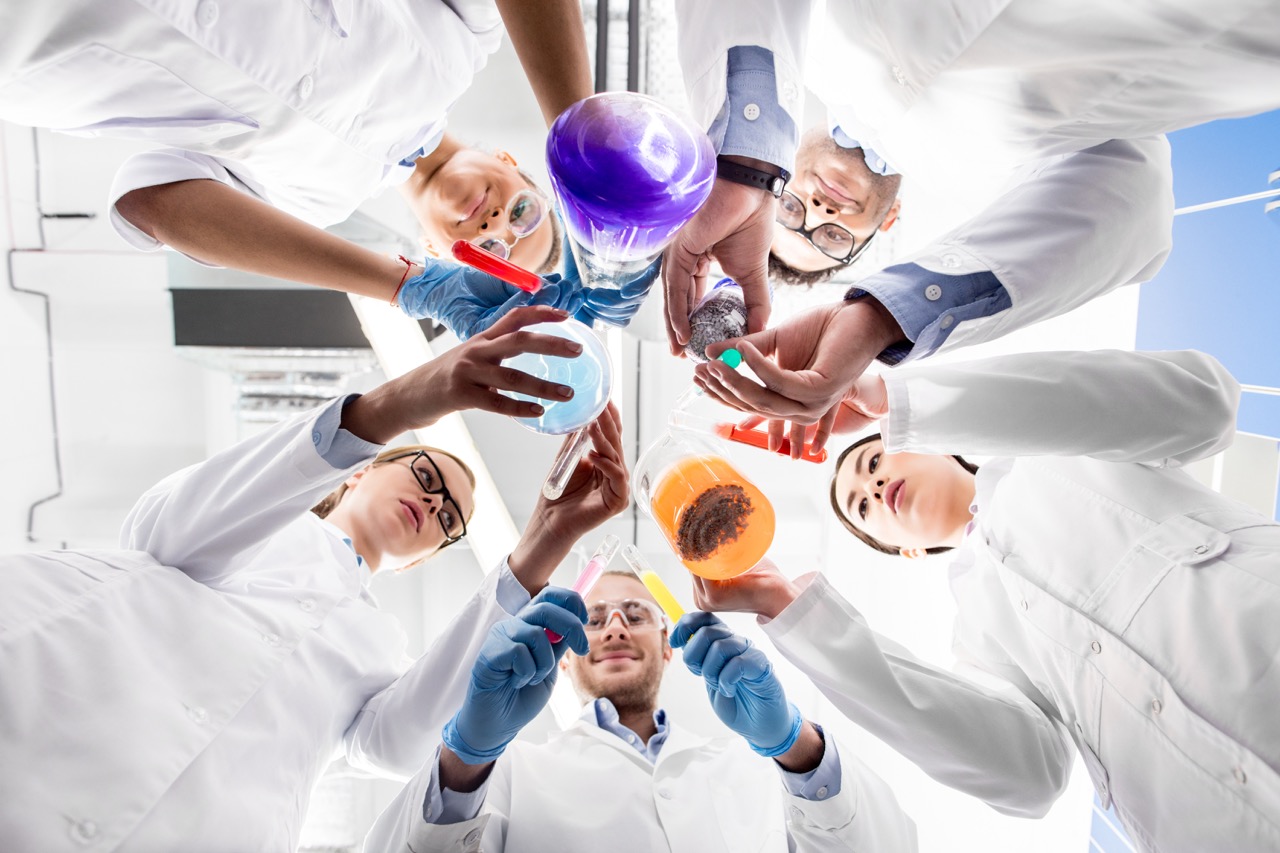Carolyn R. Bertozzi, a prominent figure in the field of bioengineering, has made significant contributions that have reshaped our understanding of chemical biology. Her lab focuses on the intersection of chemistry and biology, driving innovations that span a wide range of applications in medical and biological research. By pioneering techniques and methodologies that enhance our ability to study and manipulate biological systems, Bertozzi’s work continues to influence various scientific domains, pushing the boundaries of what is possible in bioengineering.
Overview of Carolyn R. Bertozzi’s Research Focus in Bioengineering
Carolyn R. Bertozzi’s research primarily revolves around the development of chemical tools for probing and manipulating biomolecules in living organisms. Her lab emphasizes the importance of understanding cellular processes at a molecular level, which allows scientists to explore the complexities of biological systems more effectively. By employing innovative chemical strategies, Bertozzi and her team address critical questions in areas such as glycoscience, bioconjugation, and drug delivery.
One of the defining aspects of her research is the integration of chemistry with biological systems. This interdisciplinary approach enables her lab to design and implement bioorthogonal reactions—reactions that can occur inside living organisms without interfering with native biochemical processes. This facet of her work is crucial for developing selective and efficient methods for targeting specific cells or tissues, thereby enhancing the potential for therapeutic applications.
Bertozzi’s lab also emphasizes the importance of translating these chemical tools into practical applications, bridging the gap between laboratory research and real-world medical challenges. The focus on practical outcomes has positioned her work at the forefront of bioengineering, encouraging collaboration with clinicians and industry professionals to ensure that her innovations can be effectively applied in healthcare settings.
Key Innovations in Click Chemistry and Bioorthogonal Reactions
A cornerstone of Bertozzi’s contributions to bioengineering is her pioneering work in click chemistry, particularly in the development of bioorthogonal reactions. These reactions allow scientists to selectively tag biomolecules in live cells or organisms, facilitating the study of complex biological processes without disrupting cellular functions. This innovation has opened new avenues for researchers in various fields, enabling them to visualize, track, and manipulate biomolecules with unprecedented precision.
One significant advancement made by Bertozzi’s lab is the discovery of the Staudinger ligation and the inverse electron-demand Diels-Alder reaction. These bioorthogonal reactions are characterized by their high specificity and efficiency, allowing for the rapid conjugation of biomolecules in complex environments. The ability to perform these reactions selectively in living systems has been a game-changer for scientists studying cellular processes and developing new therapeutics.
Moreover, Bertozzi’s work has elevated the understanding of glycans—complex carbohydrates that play vital roles in cell signaling and recognition. By creating tools that enable the visualization of glycan expression patterns on cell surfaces, her lab has contributed valuable insights into how these molecules influence disease processes, including cancer progression and immune response. These innovations not only enhance fundamental biological research but also lay the groundwork for developing targeted therapies based on glycan interactions.
Applications of Bertozzi’s Work in Medical and Biological Fields
The applications of Carolyn R. Bertozzi’s research are wide-ranging and impactful, particularly in the medical and biological domains. One of the most notable areas of application is in cancer research, where her bioorthogonal chemistry allows for the targeted delivery of therapeutic agents directly to tumor cells. By exploiting the unique glycan signatures of cancer cells, her lab’s methodologies can enhance the effectiveness of treatments while minimizing damage to surrounding healthy tissues.
Additionally, Bertozzi’s innovations are being harnessed in the development of diagnostic tools. For instance, her work has led to the creation of new imaging agents that can selectively bind to specific biomolecules in vivo, enabling clinicians to visualize disease markers in real time. This advancement is crucial for early detection and monitoring of diseases, ultimately improving patient outcomes through timely interventions.
Furthermore, her research has significant implications for vaccine development. By applying bioorthogonal chemistry to modify vaccine components, Bertozzi’s lab is exploring how to enhance immunogenicity and efficacy. The ability to precisely engineer vaccines could lead to more effective public health strategies, particularly in response to emerging infectious diseases. As a result, the applications of Bertozzi’s work extend beyond fundamental research, impacting clinical practices and public health initiatives.
Future Directions and Impact of Bertozzi’s Lab on Science
Looking ahead, Carolyn R. Bertozzi’s lab is poised to continue its trajectory of innovation, with a focus on expanding the applications of bioorthogonal chemistry in new and emerging fields. One potential direction is the integration of artificial intelligence and machine learning in the design of chemical probes and therapeutics. By leveraging computational approaches, her lab aims to streamline the process of discovering new bioorthogonal reactions and optimize their performance in biological systems.
Moreover, the lab is exploring the use of bioorthogonal chemistry in the realm of regenerative medicine. By developing targeted delivery mechanisms for stem cells and other regenerative therapies, Bertozzi’s research has the potential to revolutionize treatments for degenerative diseases and injuries. This direction could lead to breakthroughs in how we approach tissue engineering and the repair of damaged organs.
The impact of Bertozzi’s lab on science is profound, not only in bioengineering but also across multiple disciplines within the life sciences. Her work exemplifies the power of interdisciplinary research, fostering collaborations that drive innovation and enhance our understanding of complex biological systems. As her lab continues to push the envelope, the implications of their research are likely to be felt for years to come, inspiring future generations of scientists to explore the vast potential of bioengineering.
In conclusion, Carolyn R. Bertozzi’s contributions to bioengineering are marked by significant innovations in click chemistry and bioorthogonal reactions, with far-reaching applications in medical and biological fields. Her lab’s commitment to interdisciplinary research is reshaping our understanding of cellular processes and driving advancements in therapeutic development. As we look to the future, the continued impact of Bertozzi’s work promises to enhance the capabilities of bioengineering and transform clinical practice, reinforcing the vital role of chemistry in addressing complex biological challenges.










